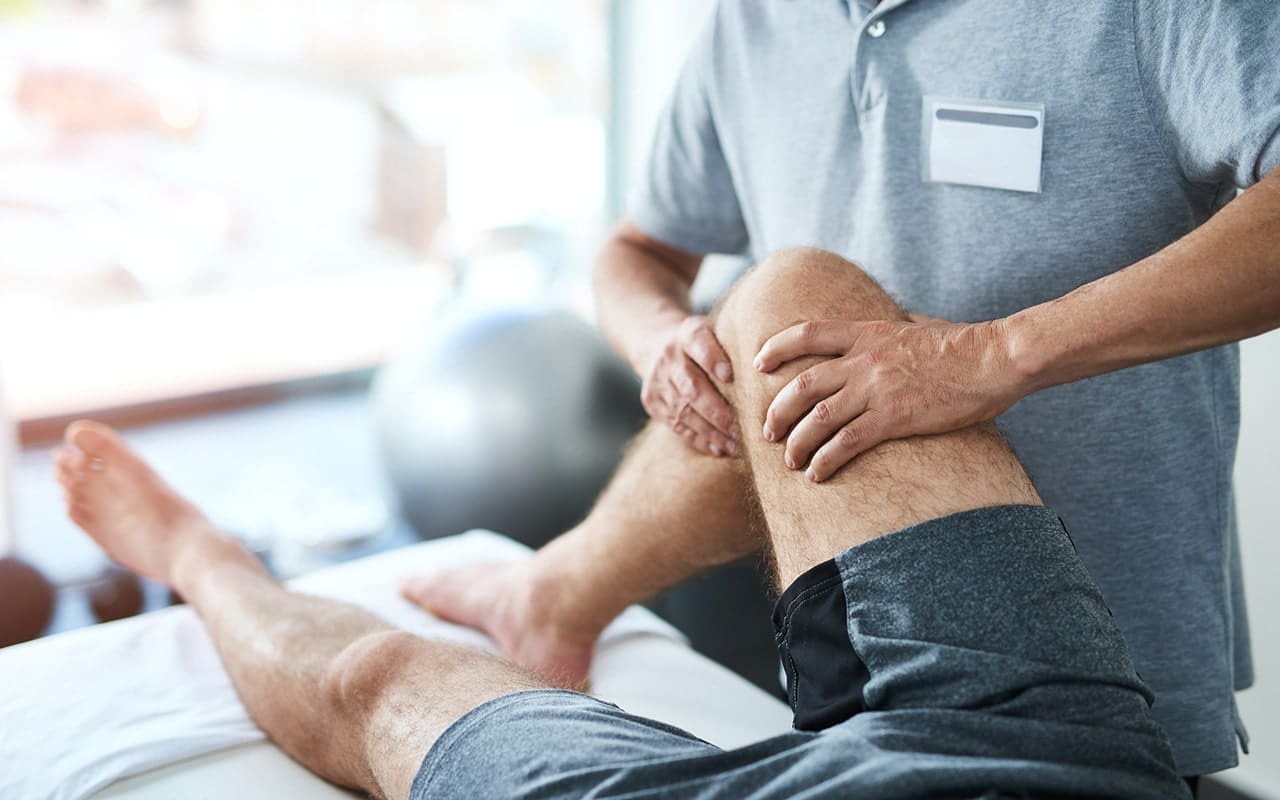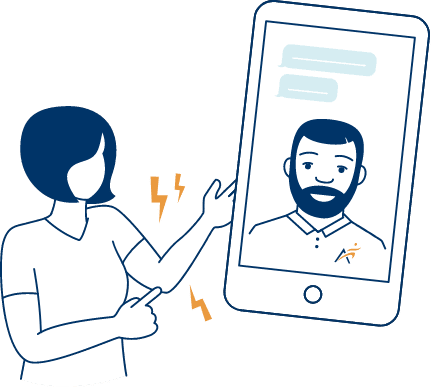Yes, limiting activity is crucial in the early stages of a quadriceps strain to prevent further damage. Avoid activities that place stress on the quad muscles, such as running, jumping, or squatting, until healing has progressed. Low-impact activities, such as swimming or cycling, can help maintain fitness without overstressing the muscle. Gradually reintroducing higher-impact activities under the guidance of a healthcare professional can help prevent re-injury. If pain persists, it’s important to consult a healthcare provider for further evaluation.





